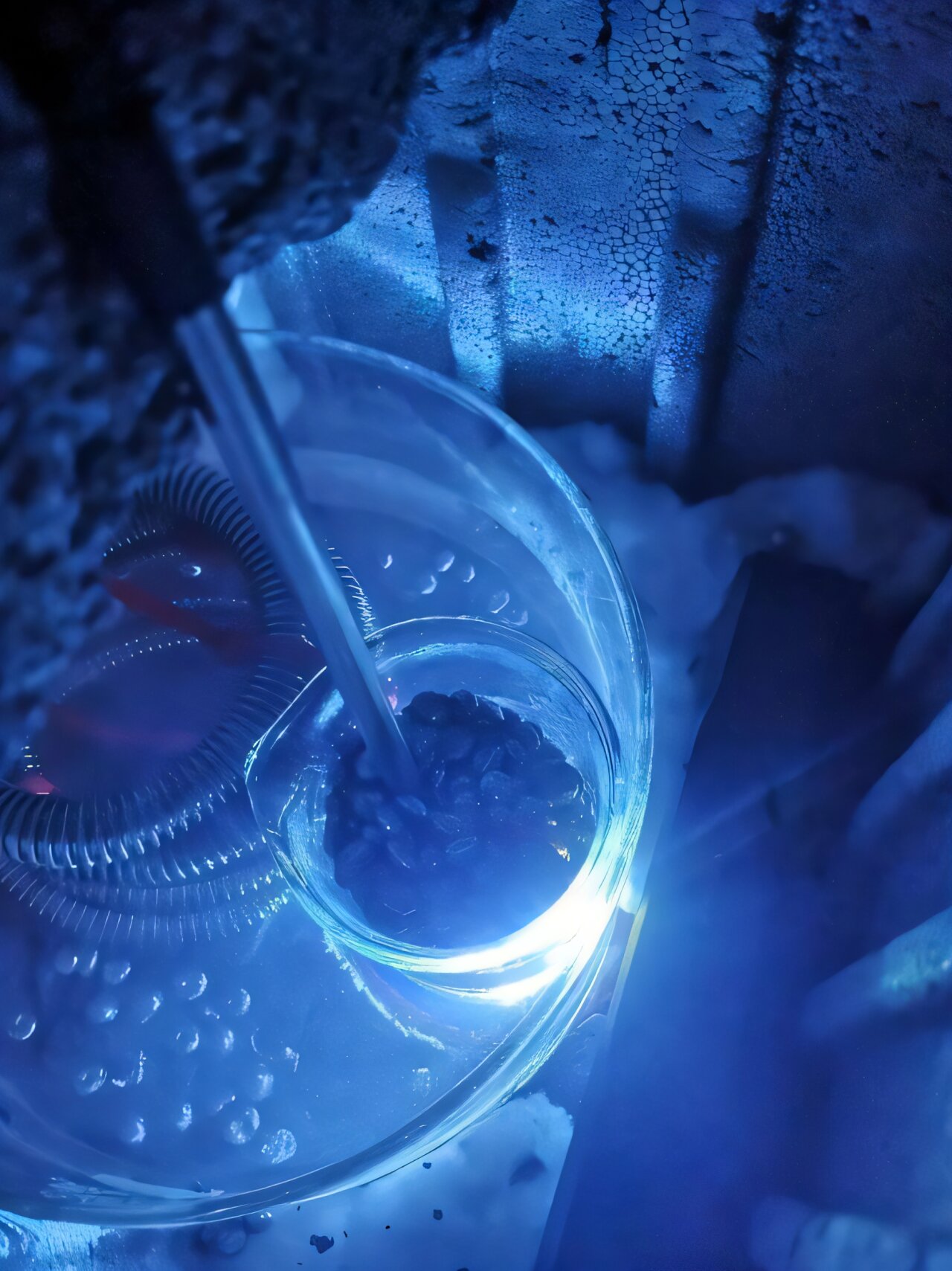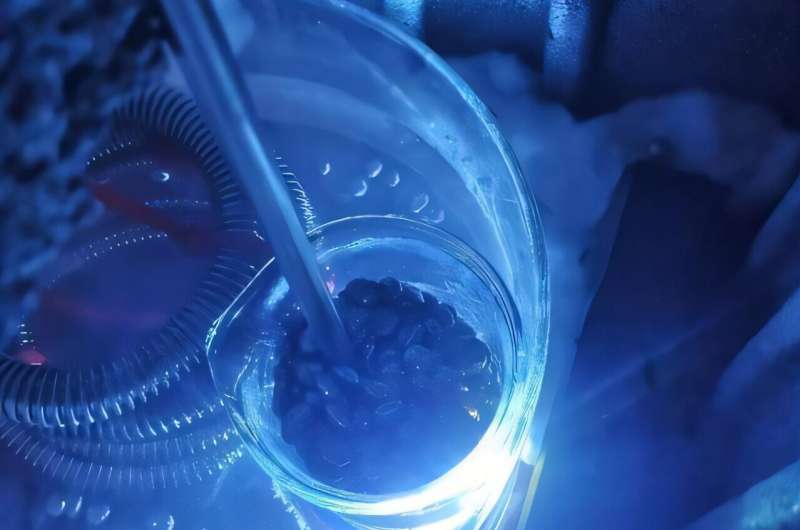

A team of chemists at the University of Cambridge has developed a metal-free way to convert symmetrical diols selectively into one of two mirror-image isomers. In their paper published in the journal Science, the group took advantage of the ability of chiral versions of quinuclidine—which were derived from Cinchona alkaloids—to catalyze the dememorization of meso-diols under a blue light in conjunction with a photocatalyst and extract hydrogen atoms from symmetrical molecules.
Noting that transferring hydrogen atoms between molecules is a fundamental chore in modern chemistry, the research team looked to make the process more selective by adding enantioselective hydrogen atom transfer, where one of the enantiomers of a chiral product is preferentially produced during a chemical reaction.
Their work involved the development of a new method for enantioselective hydrogen atom abstraction—one that allowed for the introduction of chirality into the process. Through their use of catalysts derived from the Cinchona alkaloid family, they were able to exploit the resulting chiral amine structure to selectively remove a hydrogen atom from a specific carbon center in a meso-diol.
They did this by focusing on the use of chiral quinuclidine compounds from Cinchona alkaloids, which allowed them to catalyze the desymmetrization of meso-diols with blue light and a photocatalyst.
The method used by the team allowed for selective epimerization, which is where one stereoisomer was transformed into another—by replacing a hydrogen atom with a thiol. At the outset, the catalyst, which was made through the direct hydrogenation of a Cinchona alkaloid, was not very reactive or as selective as hoped.
Further work, however, showed that changing the hydroxyl group to a protected amine and reversing the stereocenter could improve the catalyst’s performance significantly.
The researchers point out that their work is a proof of principle, noting that parts of their technique allow for swapping out the quinuclidine and using the chiral version instead. They also note that the catalyst could be used for site-selective chemistry if appropriate. They conclude by suggesting their work could have important implications for pharmaceutical applications, and possibly in other research efforts.
More information:
Antti S. K. Lahdenperä et al, A chiral hydrogen atom abstraction catalyst for the enantioselective epimerization of meso -diols, Science (2024). DOI: 10.1126/science.adq8029
© 2024 Science X Network
Citation:
Chemists develop a metal-free way to selectively convert symmetrical diols into one of two mirror-image isomers (2024, October 25)
retrieved 25 October 2024
from https://phys.org/news/2024-10-chemists-metal-free-symmetrical-diols.html
This document is subject to copyright. Apart from any fair dealing for the purpose of private study or research, no
part may be reproduced without the written permission. The content is provided for information purposes only.